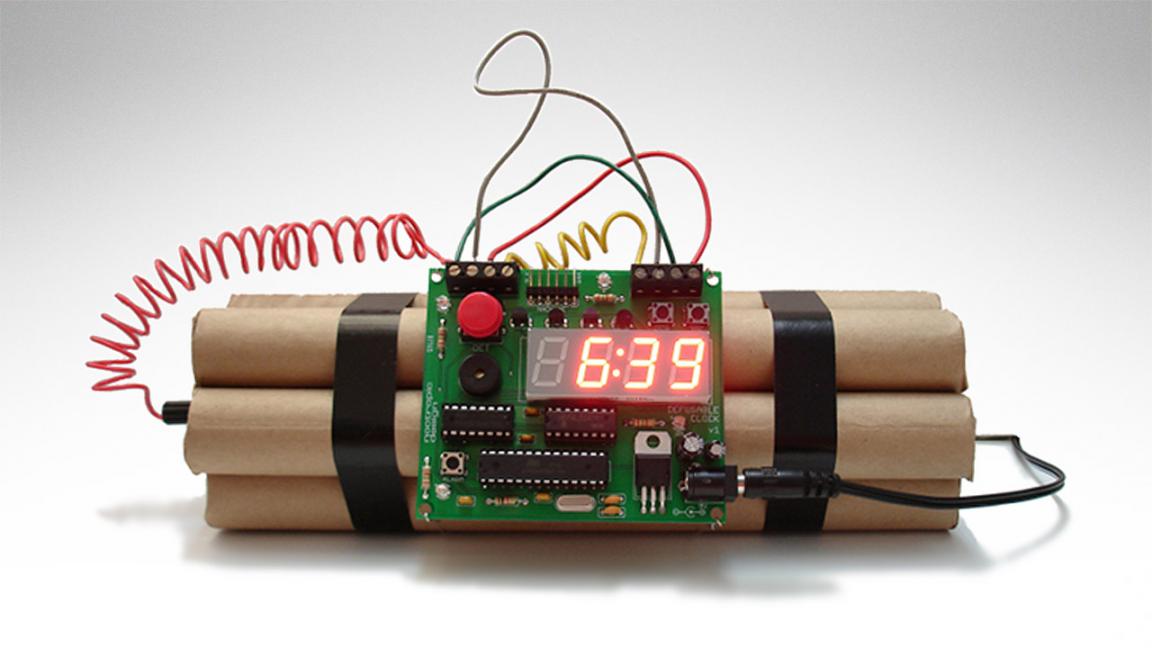Iranian researchers have unveiled the first locally-made anti-explosion electromotor with a 230 KW capacity, ISNA reported on Monday. At the event another group of researchers also inaugurated its largest laboratory for anti-explosion equipment.
Mehrdad Adil, a faculty member of Iran's Materials and Energy Research Center and an observer of the project said laboratories of electromotors and anti-explosion equipment are capable of injecting different gases to test the equipment in a gas-filled environment.
The researcher also said, "This is the first laboratory in Iran which can withstand an explosion equal to 100 kilos of TNT."
The project was initially created in cooperation with German researchers, but due to the western sanctions imposed on Iran over its nuclear energy program, local researchers finished the project.
An explosive atmosphere is defined as a mixture of dangerous substances with air, under atmospheric conditions, in the form of gases, vapors, mist or dust in which, after ignition has occurred, combustion spreads to the entire unburned mixture. Atmospheric conditions are commonly referred to as ambient temperatures and pressures. That is to say temperatures of –20°C to 40°C and pressures of 0.8 to 1.1 bar.
The practical use of the anti-explosion equipment is often attributed to oil and gas facilities, of which Iran has a number of. The new system would allow oil and gas facilities around the country a new safety barrier against any possible buildup of gases in a confined space, thus creating a new early warning system, currently not available.


